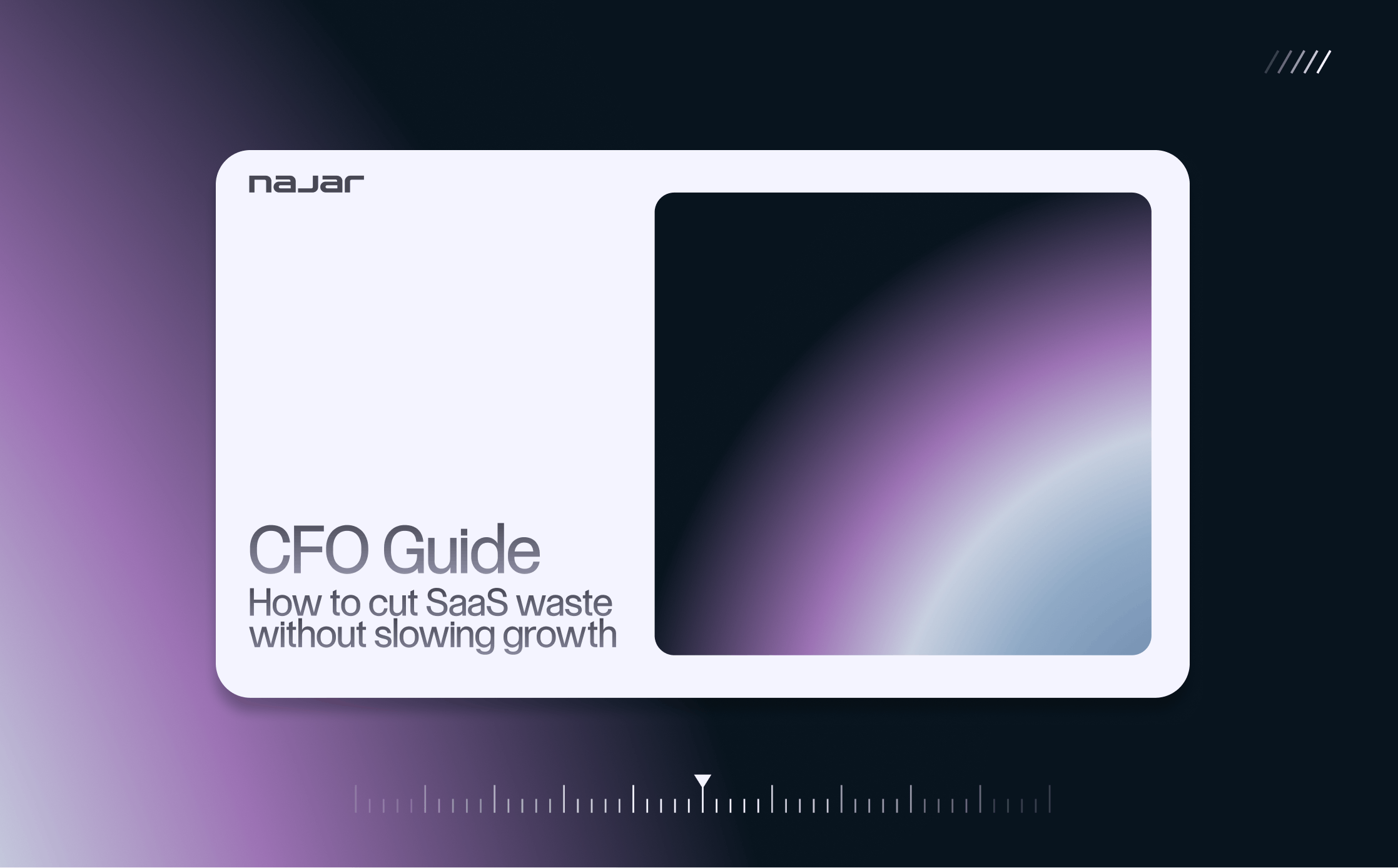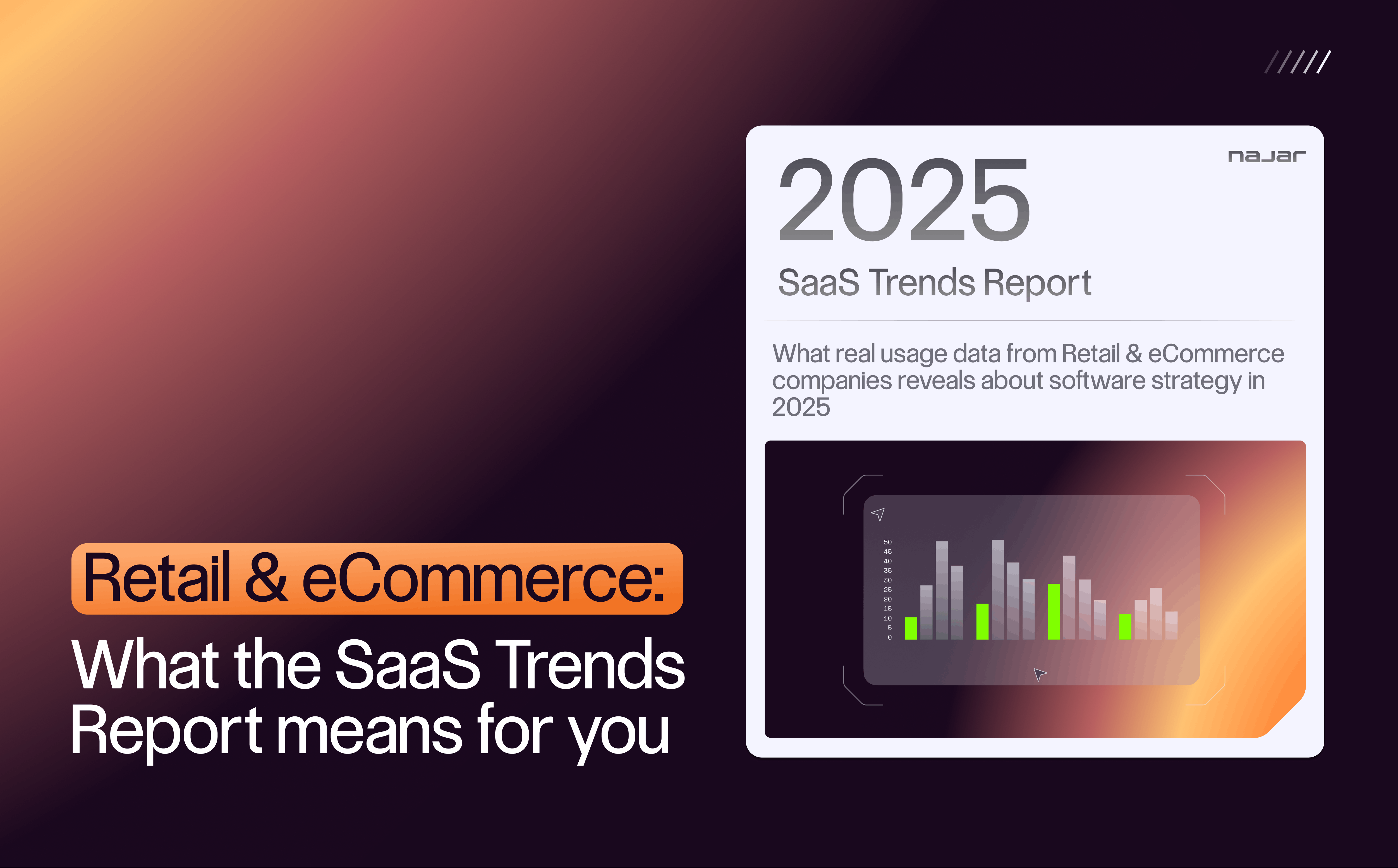The way companies buy and expand their software has changed dramatically over the past two decades. What was once dominated by rigid licensing models and high-pressure sales tactics has transformed into collaborative, value-driven SaaS partnerships. Today, upselling is about bringing about new capabilities that align with business growth.
The Evolution of IT Upselling: From License Pressure to Value Partnership
Legacy Software Limitations:
The early 2010s IT procurement environment was dominated by vendor-centric strategies that prioritized revenue expansion through high-pressure license sales, often without regard for customer operational requirements. Traditional software vendors employed rigid negotiation tactics to secure multi-year commitments for capabilities that frequently remained underutilized throughout contract periods (Gartner, 2015).
These inflexible licensing models created fundamental misalignment between vendor revenue objectives and customer value realization, resulting in costly commitments that constrained budget flexibility without delivering proportional operational benefits.
SaaS-Enabled Collaborative Models:
The formalization of Software as a Service models around 2001 (SIIA, 2001) introduced subscription-based pricing that fundamentally realigned vendor incentives toward customer success and retention. This transformation enabled more collaborative approaches to feature expansion through tiered pricing, freemium strategies, and usage-based upgrades that allow organizations to validate value before committing to premium capabilities.
Contemporary SaaS upselling leverages sophisticated data analytics, behavioral triggers, and customer success management to propose relevant capabilities when organizations demonstrate readiness to benefit from additional features.
Modern SaaS Upselling Mechanisms and Value Creation
Today’s SaaS upselling operates through several sophisticated mechanisms designed to create mutual value:
- Data-Driven Engagement Strategies:
- Leading SaaS platforms utilize comprehensive usage analytics to identify genuine expansion opportunities based on customer behavior patterns rather than generic sales targets. This approach enables vendors to propose relevant upgrades when organizations demonstrate specific usage patterns that indicate readiness for premium capabilities (Pendo, 2023).
- Customer Success Integration:
- The evolution toward customer success management has transformed upselling from transactional interactions into strategic planning collaborations. Quarterly Business Reviews become opportunities for vendors to propose capabilities that align with organizational growth objectives while customers provide feedback that influences product development priorities (Harvard Business Review, 2021).
- Advanced Feature Innovation:
- Contemporary upselling increasingly focuses on sophisticated capabilities, AI analytics, automation tools, advanced integrations, that provide significant operational leverage when properly implemented and aligned with business objectives (Forrester, 2020).
Modern SaaS upselling, when built on collaboration and customer success, opens the door to genuine competitive advantage. But recognizing value is only half the equation. The real challenge lies in proving it. In part two of this series, we’ll dive into a comprehensive ROI framework to evaluate upselling opportunities with financial rigor and strategic clarity.
Step into the cockpit of financial excellence
References
Forrester (2020), The SaaS Buyer’s Guide to Upselling Strategies. Available at: https://www.forrester.com (Accessed: 31 July 2025).
Gartner (2015), The Evolution of IT Procurement: From Licenses to Subscriptions. Available at: https://www.gartner.com (Accessed: 31 July 2025).
Gartner (2023), Managing Shadow IT in the SaaS Era. Available at: https://www.gartner.com (Accessed: 31 July 2025).




